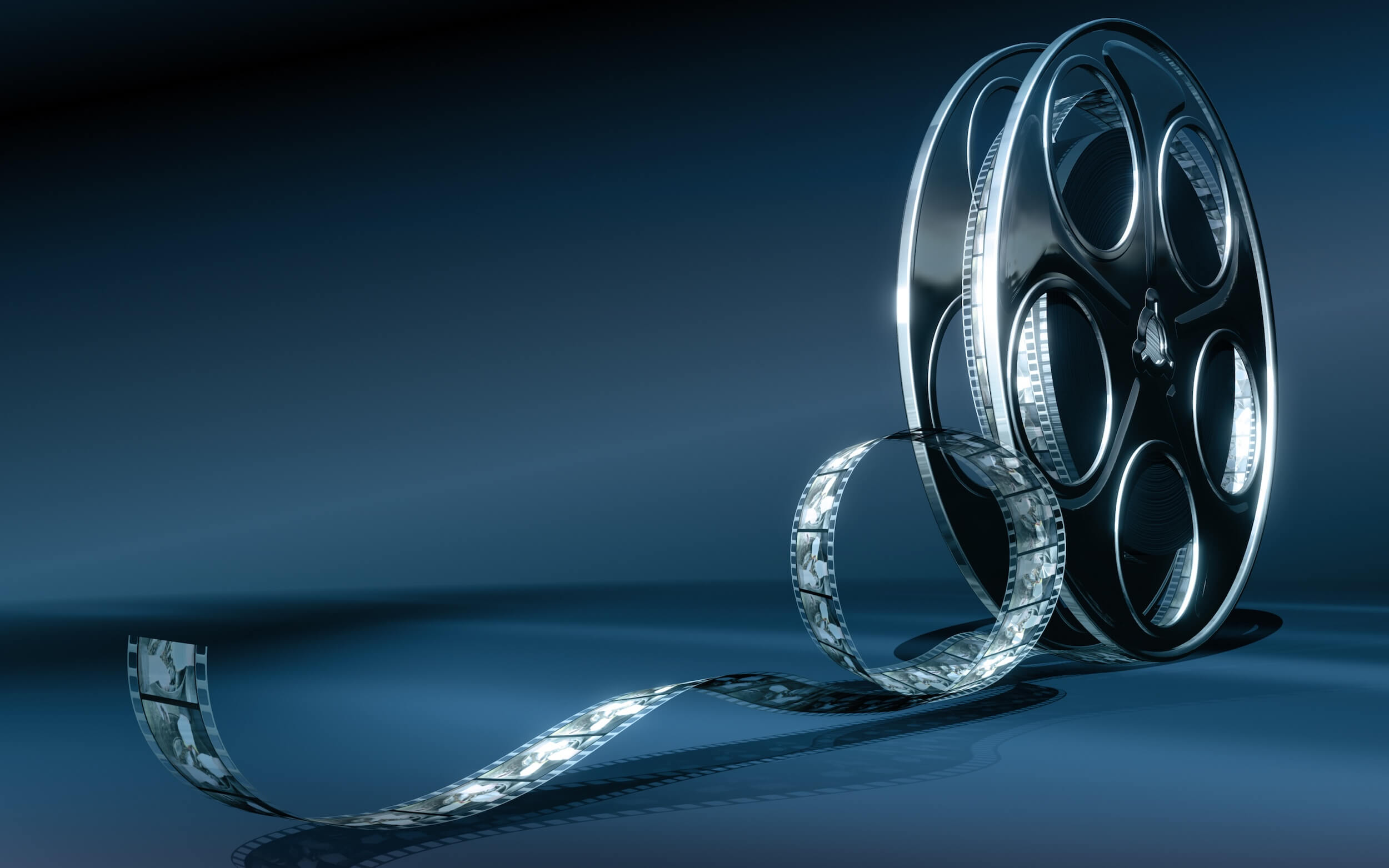
Much of my writing, in fiction and poetry, has been deeply influenced by the imagery of painting and cinema. I have always been very much attracted to the ways in which language can create visualizations of things, people, and events. In my surreal poetry, I use words to create effects found in painters such as Dali, de Chirico, Marcel Duchamp, and Magritte. In my fiction, especially my novella, The Vigil, I have created "cinematic" images in the vein of directors such as Orson Welles and Alfred Hitchcock. My prose is very visually oriented. For me, narrative fiction often adopts the role of a motion picture camera that enables me to give my writing a vivid, baroque, image-driven texture.
Orson Welles once said that the camera should be an eye in the head of a poet. I have tried to apply this aesthetic philosophy to my fiction. A novella, novel, or short story presents a narrative context for characters and events, in much the same way as a film. I think part of Welles's meaning was that a kind of visual poetry should be evoked by what the camera does and sees. He further commented that, because cinema depends on a camera that shows everything, one must find a way to evoke or incant, to "raise up things that are not really there."
Sometime before I began writing The Vigil, I had written a single sentence, not knowing how or where it would be used. That sentence eventually became the first sentence of The Vigil: Salty blankets of crushed crabs. For several months, I had this image of "salty blankets" and "crushed crabs" in my head. The visual metaphor of "salty blankets" was soon extended to a description of strands of seaweed that move back and forth with the waves like a "slow-motion square dance."
Welles and Hitchcock often used the articulation of space to create figures of expression that evoke a character's thoughts and feelings. Two memorable examples are the infinite mirror reflections in Citizen Kane where Welles walks by holding the snow globe that reminds him of Rosebud, and the crop-dusting sequence in North by Northwest, where Roger Thornhil is menaced by a "crop dusting" plane attacking him with machine-gun fire.
I tried to make language perform similar expressive functions with visual metaphors such as "salty blankets" and "slow-motion square dance." Also, many of the nightmarish visions that Unda (the missing girl's father) experiences are reminiscent of some of the dark and morbid imagery in many of Dali's and de Chirico's paintings. There tends to be an element of the grotesque in these visions, along the lines of the distortions found in Francis Bacon's painting (the 20th C. artist).
What I enjoy most about this sort of symbiotic relationship between narrative prose and cinema or art is that language can also have an incantatory power, where the impossible or the incredible, as in much of Kafka's writing, can be given the status of "reality." This, I believe, is mainly because writing is always an interior process that can invent its own rules and its own landscape.
Just as Gregor Samsa awakens in Kafka's The Metamorphosis to find himself transformed into a giant insect, I feel that language is a perfect medium for conjuring the fantastic. There is no filter or barrier between the writer and the reader.